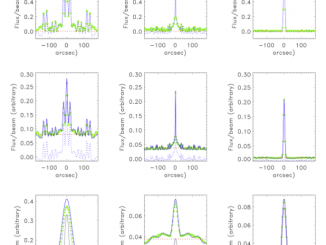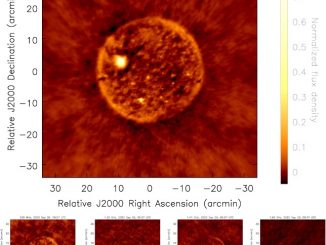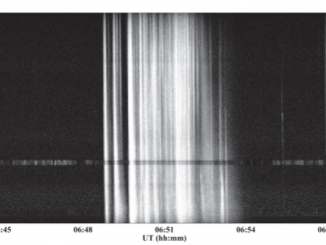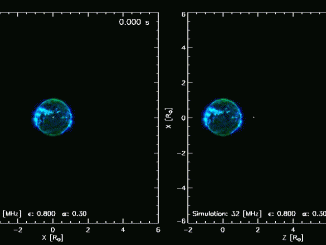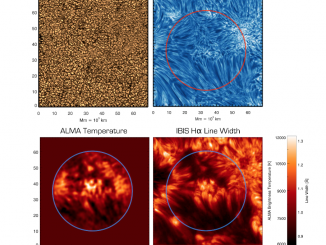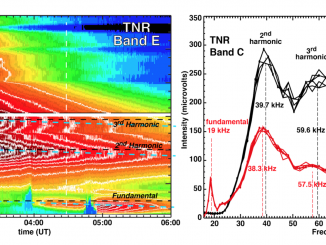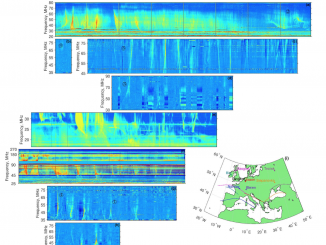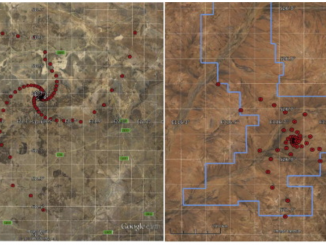Noise in Maps of the Sun at Radio Wavelengths by T. S. Bastian et al.
The Sun is a powerful source of radio emissions, so much so that – unlike most celestial sources – this emission dominates the system noise of many radio telescopes. The noise resulting from such sources is referred to as “self-noise”. Two recent papers discuss self-noise in maps of the Sun at radio frequencies formed using the techniques of Fourier synthesis imaging. Examples of radio telescopes that exploit this technique include […]

